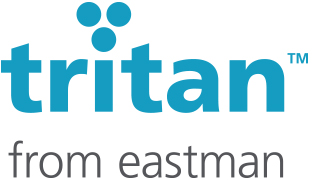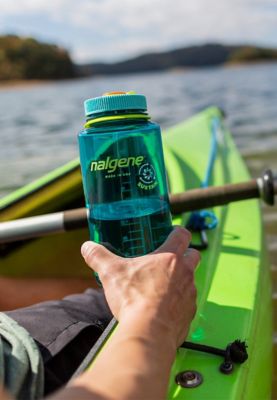- Home ...
- Products
- Brands
- Tritan
- Applications
- Electronics
Electronics
Keep pace with electronics trends
Seven years ago, the average household owned around three smartphones and five electronic devices1 — from mobile devices and speakers to streaming media devices and home theaters.
Changing needs and recent innovations make this household seem like ancient history. The need for connectivity has increased dramatically since the pandemic to enable remote access for work, healthcare and entertainment. A 2021 survey conducted by Deloitte² says 38% of homes have become even more connected than before the pandemic, and it suggests that the typical household may now have as many as 25 connected devices.



Explore Tritan and Tritan Renew applications
Discover the next electronics trend.
1 ”A third of Americans live in a household with three or more smartphones.” Online: Pew Research Center, 25 May 2017.
2 “How the pandemic has stress-tested the crowded digital home.” A report issued by Deloitte Center for Technology, Media & Telecommunications [2021] p 5.
3 Certified recycled content allocated using ISCC mass balance.
4 5% strain is commonly used in FFU testing; compatible with 95th percentile of all heads.









